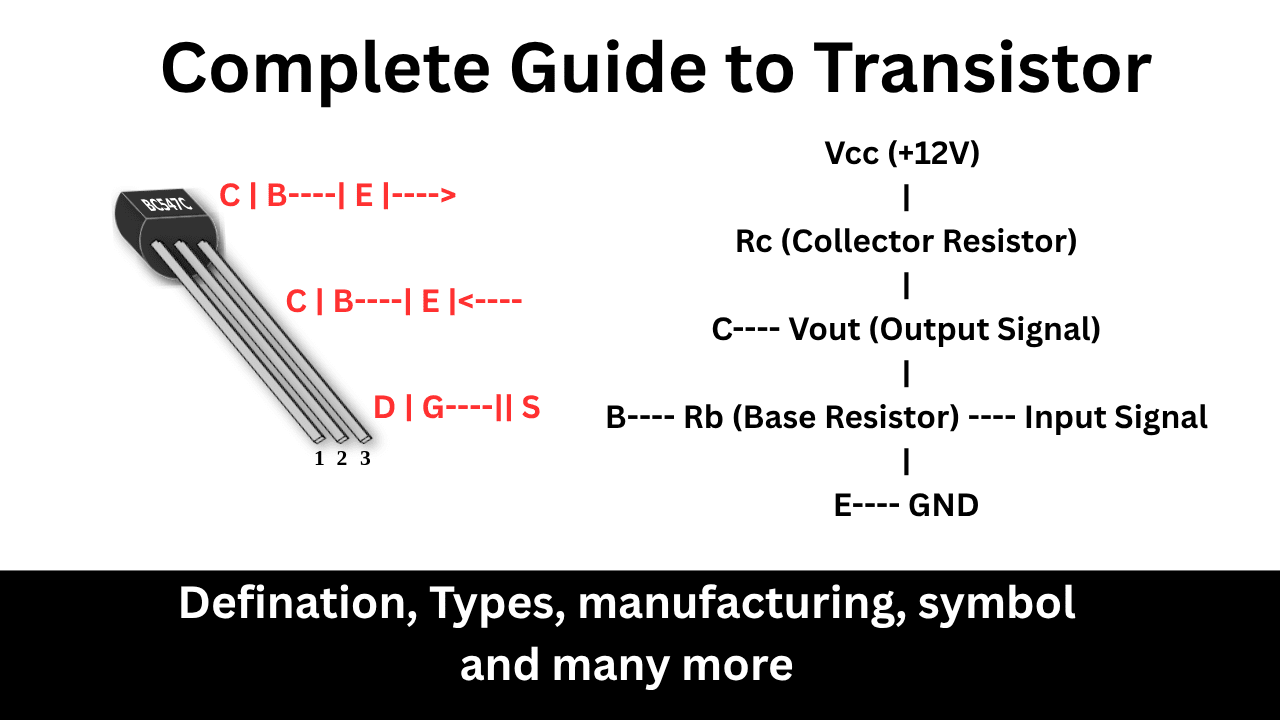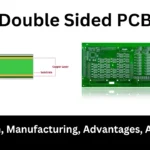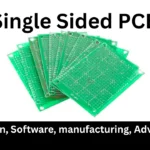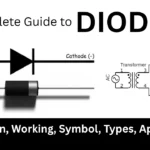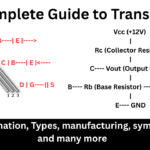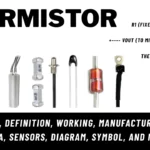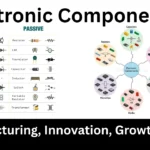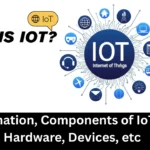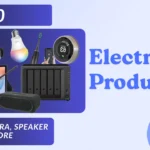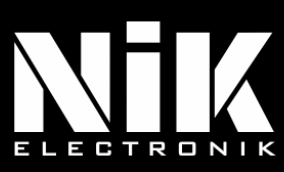Hey folks, In today’s post, we’re shining the spotlight on something small, silent, but absolutely essential in electronic component world called Transistor.
I’ve spent a fair bit of time exploring how these tiny components work, where they fit in modern devices, and how they’re shaping the future of technology. And today, I’m here to walk you through it all. Let’s dive into the world of transistors together
What exactly is a Transistor?
A Transistor is a semiconductor device that regulates current or voltage flow, acting as an amplifier or switch in electronic circuits. Picture a tiny switch or megaphone that controls the flow of electricity in your gadgets, that’s a transistor!
Invented back in 1947, these semiconductor devices replaced clunky vacuum tubes, shrinking electronics and sparking a tech revolution. Transistors either amplify weak signals (like boosting your music) or act as switches (turning things on or off in your computer).
Transistors are the cornerstone of modern electronics, enabling everything from smartphones to spacecraft. These semiconductor devices amplify or switch electronic signals, making them essential in countless applications.
Transistors are like the superheroes of electronics, doing all kinds of cool jobs!
- They amplify signals, making music louder in your headphones or boosting Wi-Fi in your router.
- They switch things on and off, powering your computer’s brain, memory, or smartwatch.
- They help with power management, keeping chargers and inverters steady.
- In cars, they control engines, EV batteries, and sensors.
- They make your phone, TV, or gaming console fast and smooth, and in factories, they run robots and motors.
From tiny gadgets to huge machines, transistors keep everything humming!
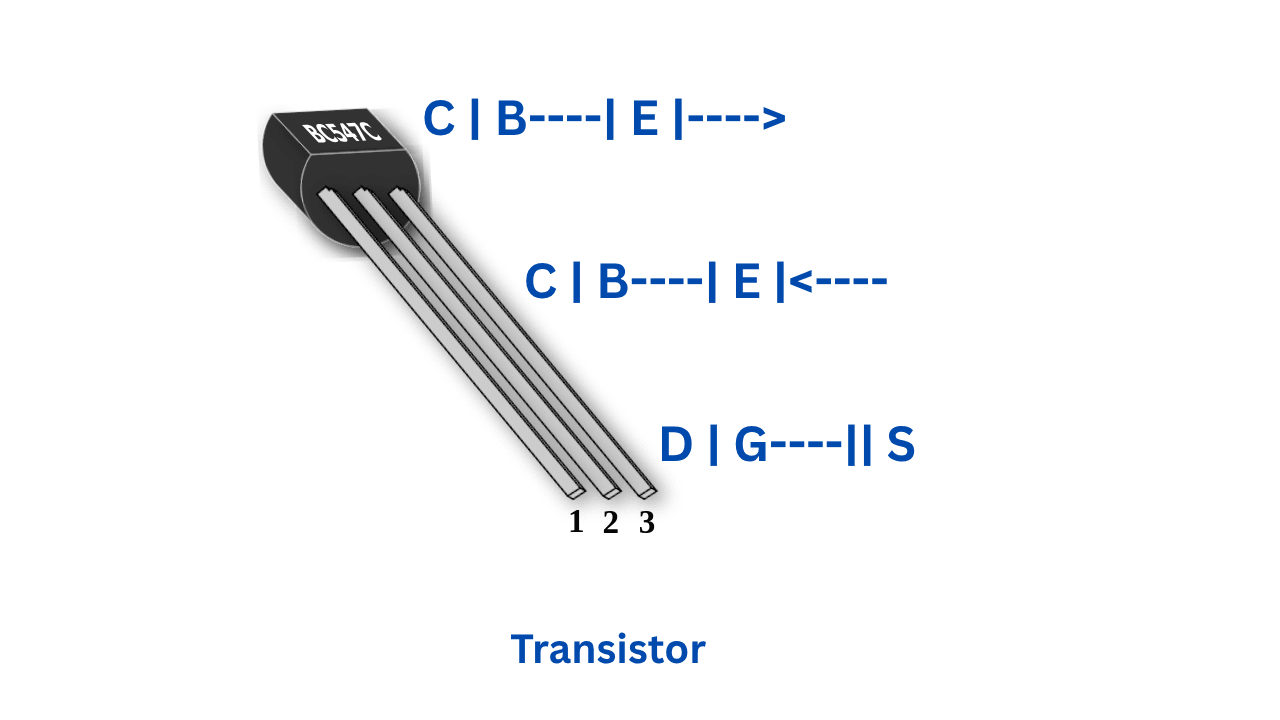
Quick Facts of Transistor
- Function: Amplifies signals or switches currents.
- Structure: Three parts, think emitter, base, collector (for BJTs) or source, gate, drain (for FETs).
- Types: Bipolar Junction Transistors (BJTs), Field-Effect Transistors (FETs), MOSFETs, and more.
- Materials: Usually silicon, sometimes fancy stuff like gallium arsenide.
Transistors are the backbone of every electronic device, making them the unsung heroes of our tech-driven world.
How Does a Transistor Work?
Alright, let’s get to the cool part: how do these tiny champs do their job? Transistors control electricity like a DJ tweaking a soundboard, and it all depends on their type.
The Working Principle
-
Bipolar Junction Transistor (BJT):
-
NPN: A small current at the base lets a bigger current flow from collector to emitter. Think of the base as a gatekeeper!
-
PNP: Similar, but the current flows from emitter to collector when the base says “go.”
-
How? The base tweaks the conductivity between the other two parts, amplifying or switching signals.
-
-
Field-Effect Transistor (FET):
-
MOSFET: A voltage at the gate controls current between source and drain using an electric field. It’s like a dimmer switch for electricity.
-
How? The gate voltage adjusts a channel in the semiconductor, letting current flow or stopping it.
-
How It Works in a Circuit
Here’s the vibe:
-
Pop a transistor into a circuit with a power source and something to control (like a light or speaker).
-
Send a signal (current for BJTs, voltage for FETs) to the base or gate.
-
The transistor adjusts the flow between its other terminals, either boosting the signal or flipping a switch.
-
Boom your circuit amplifies sound, processes data, or powers a motor!
Think of transistors as the brainy bouncers of electronics, deciding who gets in and how loud the party gets.
Transistor Symbol and Circuit Diagram
Let’s talk visuals! Transistors have unique symbols in circuit diagrams to show what they’re up to:
-
NPN BJT: Emitter with an outward arrow, base in the middle, collector opposite.
Text version: C | B—-| E |—-> -
PNP BJT: Emitter with an inward arrow.
Text version: C | B—-| E |<—- -
MOSFET (N-channel): Gate separated from source and drain, with an arrow for the channel.
Text version: D | G—-|| S
Simple Transistor Circuit
Check out a common-emitter amplifier circuit for a BJT:

What’s going on? A small input signal at the base (via Rb) controls a larger current through the collector and emitter, creating an amplified output (Vout). It’s like turning a whisper into a shout
Manufacturing Process of Transistor & Application
-
Materials: Start with silicon wafers, doped with stuff like boron or phosphorus to create N-type or P-type regions. India sources some locally but imports high-purity materials.
-
Process:
-
Wafer Fabrication: Process silicon in super-clean rooms to build semiconductor layers.
-
Doping: Add impurities to form emitter, base, and collector regions.
-
Photolithography: Etch tiny patterns to shape transistors.
-
Packaging: Seal them in plastic or metal casings (like TO-92 or SOT-23).
-
Testing: Check for current gain, speed, and reliability
-
Types of Transistors and Their Applications
Transistors come in different flavors, each with its own superpowers:
|
Type |
Characteristics |
Applications |
|---|---|---|
|
BJT (NPN/PNP) |
Current-controlled, high gain |
Amplifiers, switches |
|
MOSFET |
Voltage-controlled, low power |
Processors, power electronics |
|
IGBT |
BJT + MOSFET combo, high efficiency |
Motor drives, inverters |
|
JFET |
High input impedance |
Low-noise amps, sensors |
Make in India, Supercharging Transistor Production
The Make in India initiative is boosting transistor production, and it’s exciting! Here’s how it’s happening, broken down for easy reading and SEO-friendly vibes.
PLI Scheme Fuels Growth
The PLI scheme pumps ₹22,919 crore into electronics, incentivizing companies like BEL to make more transistors locally. It targets 35-40% value addition, cutting reliance on imported silicon for EVs and 5G tech.
More Jobs, More Innovation
With ₹59,350 crore in investments and 91,600 new jobs, Make in India is creating a transistor boom. It’s building local supply chains and driving innovation for global markets.
In short, Make in India is powering up India’s transistor game, paving the way for a tech-savvy future!
Supercharging Transistor Production
The Make in India initiative is boosting transistor production, and it’s exciting! Here’s how it’s happening, broken down for easy reading and SEO-friendly vibes.
PLI Scheme Fuels Growth
The PLI scheme pumps ₹22,919 crore into electronics, incentivizing companies like BEL to make more transistors locally. It targets 35-40% value addition, cutting reliance on imported silicon for EVs and 5G tech.
More Jobs, More Innovation
With ₹59,350 crore in investments and 91,600 new jobs, Make in India is creating a transistor boom. It’s building local supply chains and driving innovation for global markets.
In short, Make in India is powering up India’s transistor game, paving the way for a tech-savvy future!
Advantages, Limitation, Future of Transistor
Advantages of Transistors
Transistors are total champs for some really cool reasons! They’re super small, which means your gadgets like phones and smartwatches stay sleek and easy to carry around. They’re also energy savers, especially FETs, sipping power like it’s no big deal, keeping your devices running longer. Plus, they’re super versatile, doing everything from boosting music in your earbuds to flipping switches in your computer. And guess what? They’re tough, lasting way longer than those old-school vacuum tubes, making them reliable for all your tech.
Limitations of Transistors
But, even superheroes like transistors have some weaknesses. They don’t love hot temps, and too much heat can make them act wonky or slow down. Making them is crazy hard because it takes super precise work, like building a microscopic puzzle. They can get zapped if you send too much voltage or current their way, so you gotta be careful. Also, some transistors, like BJTs, can get noisy in fast circuits, which might mess with signals in high-speed gadgets.
The Future of Transistors
Transistors are getting ready for a big glow-up! They’re going super tiny with stuff like FinFETs and 2nm tech, making your phone’s processor lightning-fast. New materials like GaN and SiC are coming in for heavy-duty jobs, like powering EV chargers. They’re also getting bendable with organic transistors, perfect for cool, flexible wearables. And for AI fans, neuromorphic chips are on the way, making AI systems smarter and more efficient. Transistors are tiny, but their future is huge!
Conclusion
These tiny semiconductor stars are the heartbeat of our gadgets, powering everything from your phone to futuristic AI systems with their ability to amplify signals and switch currents. In India, transistor manufacturing is taking off, thanks to initiatives like Make in India, making it an exciting time for tech lovers. While they’ve got some quirks like heat sensitivity and tricky designs, their small size, efficiency, and versatility make them true game-changers. With innovations like nanoscale tech and bendy electronics on the horizon, transistors are set to keep pushing the boundaries of what’s possible.
So, whether you’re building circuits or just seeking out, I hope this guide sparked some inspiration.
Drop a comment with your transistor ideas, and let’s keep the tech party going.
If you liked this article, don’t forget to check back daily!
I regularly post updates on the latest trends in electronics, new product launches, tech innovations, industry news, and updates from electronic companies.
Follow the blog or bookmark this site to stay ahead in the world of electronics!
Feel free to share this article on your favorite social media platforms!
